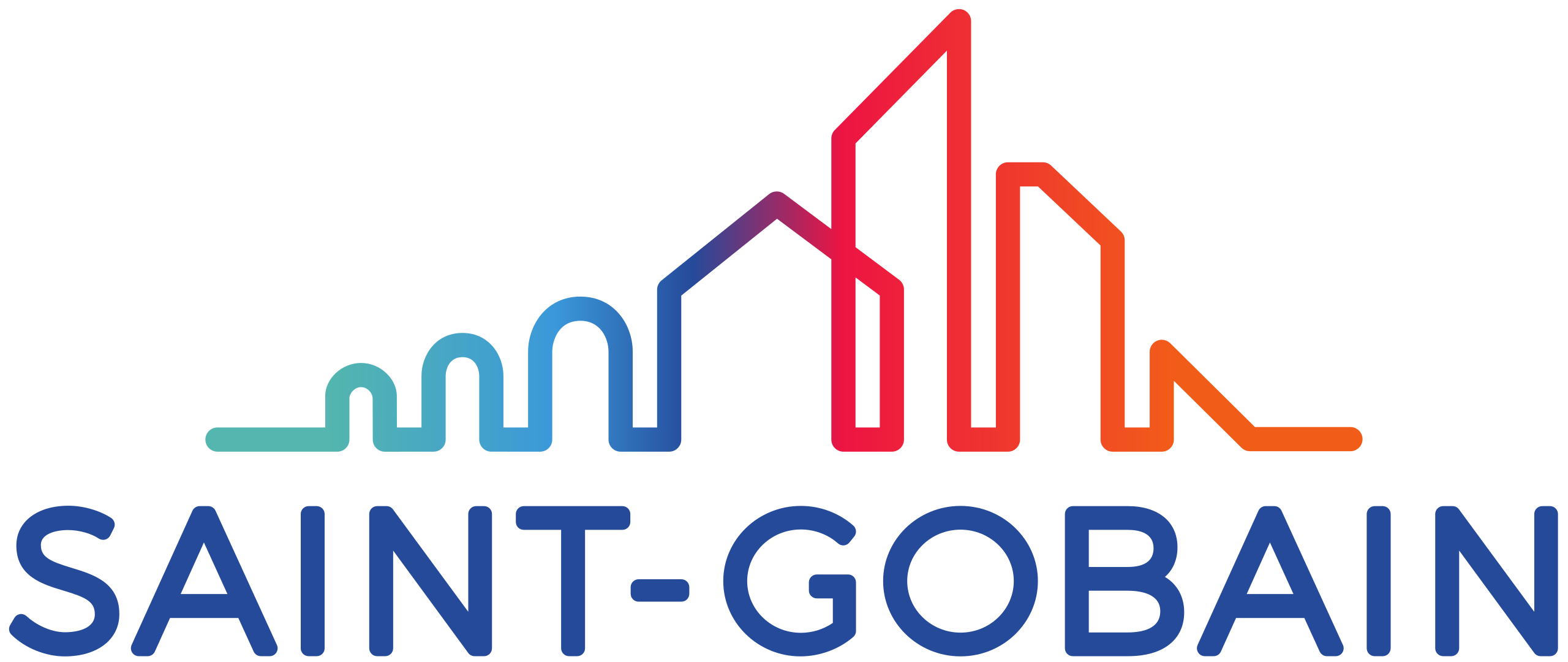Tech jobs in Silicon Valley, and throughout the rest of the world, are some of the most sought after positions for new and recent graduates today. It is imperative that you give 110% in your job search efforts and remember that persistence is key. Only one word comes to mind when applying for jobs in tech: “HUSTLE”! We’ve come up with a framework outlined below that will teach you how to hustle your way into a job in tech.
(Note: This blueprint does NOT have to be followed in the exact order presented)
H – HOMEWORK
U – UNLOCK opportunities
S – STAND out
T – TALK to people
L – LEVEL up
E – EXPLAIN your story
H – HOMEWORK
Doing your “homework” for your tech job search simply means doing more in-depth research on the sector(s) you have chosen and coming up with a list of target companies.
Become a sector expert
A follow-up to “Choose Your Path” in Chapter 1, going in-depth about each specific industry sub-sector within tech that interests you is very important when preparing for interviews. You should perform various google searches about the sector, or visit sites like Venture Scanner Sector Maps and Quora to find out how the specific industry’s ecosystem is organized, which are the major companies within a specific sector, what are the must-read industry specific publications / blogs, and who are the superstar executives in the space.
Compile a list of target companies
A good first step in the company research process is to gather a list of companies that interest you. You can use free or freemium resources like crunchbase.com, angel.co, or even glassdoor.com, to find companies that fit your criteria and get a sense for the reputation.
Once a set of companies is found, the next step would be to look for open positions on the company websites.
Lastly, narrow down this list by taking a closer look at each to weed out any companies with major red flags. Below is a list of questions that will help you get started in this analysis:
How much money has the company raised?
It is important to know this so you can assess the level of risk you will be taking by joining the team.
Who are their investors? Who is the lead investor?
A question primarily for small companies. You want to know if the investors behind the company are well regarded as this is usually a signal that there will be support for the management team.
How long do employees typically stay?
If you look at employee profiles on LinkedIN and find that several employees have quit abruptly in the past year (stayed less than 3-6 months), that may signal something is not quite right at the company.
How do customers feel about this product or service? Would I buy or use it?
If the company sells a product or service that is widely known to be unimpressive or something you would never use, it is probably not a place you should seek employment.
What is the company’s overall reputation in the industry?
It is a good idea to search for any recent news articles or blog posts about the company to get insight into how things are going.
U – UNLOCK opportunities
“Unlocking” the opportunities simply means that you not only have to search by company but also by job opening. After all your target you can’t possibly sift through every single company that exists! Knowing where to go for the best startup jobs is a crucial tool in your job hunt. To give yourself an edge over your competition, know where to go up front.
Some of the best places to look are: LinkedIn, Startup.ly, Hired and Jobr.
S – STAND out
In order to land a job in tech it is important to stand out from the crowd. Again, these jobs are super competitive and hiring managers and recruiters receive tons of applications for each role. A simple email with a resume attached will probably not do the trick. Moreover, it is important to have a presence online so that people can understand how you think and what you are passionate about. Lastly, samples of your work product will also serve you well to stand apart from the herd.
Resumes & Portfolios
A Few Good Resume Templates (Use these sites to create beautiful, simple resumes in minutes):
A Few Good Portfolio Templates:
Web Presence
Blogging: Keeping your own personal blog is a must when you are just beginning a career in tech. This puts you on the “radar” and help you join the conversation at large. People with the power to hire you can use your previous writings to understand the way you think, assess your level of curiosity and passion, determine if you have the basic qualifications for a job, and much more.
Social Media: Twitter and LinkedIN are the most important social media platforms for you job search in the tech world. It is important to have a presence on each of these sites as they each offer the chance to network, display your intellect, and learn about new opportunities and trends.
Branding: While each of the elements in this section contribute to your personal brand, it is important to note a few key items that can help polish off your public persona:
- Make sure all of your social media handles are consistent so that you are easily recognizable
- Purchase a personal domain and build a simple site for a quick reference guide about who you are
- Take professional headshots (it’s worth the extra effort!)
T – TALK to people
“It’s not what you know, but who you know”. This quotation has never been more accurate than when looking for jobs in tech. Qualifications and skills will only get you so far, and proper NETWORKING is the only way to get to the finish line. Here are the key components to effective networking for a job in tech.
Nurture your existing connections
Your network is most likely bigger than you think. Have you thought about all of your family members, friends, neighbors, co-workers, teachers, fellow church members, and even casual acquaintances? Go through your social media accounts, contact list, and email to collect names.
Ask for advice, not a job: It is important to not make your contact feel ambushed, so ask for information or insight instead. This way they become an ally and are more invested in your success.
Be authentic & considerate. The goal is to be “you”, and be honest about your interests and goals. However, you also need to be mindful of the other person’s time. If you are talking to a busy professional then keep your conversation short and summarize your ask.
Prioritize strongest contacts. Start by engaging the people in your trusted inner circle to help you fill in the gaps in your network. List the people who are crucial to your network—people you know who can and have been very important to you.
Create a process for connecting. Make connecting a habit. Keep a running list of people you need to reconnect with and make your way down the list.
Always try to reciprocate. Successful networking is a two-way street, and the goal is to form a set of mutually beneficial relationships. That means it is a game of give and take. Send a thank you note, ask them about their family, email an article you think they might be interested in, and check in periodically to see how they’re doing.
Follow-up
This is where most people fall short. The follow-up is the most crucial component to effective networking. No matter if you are setting up coffees with existing connections, meeting people at conferences, making new friends in industry-related groups, or cold emailing hiring managers, the only way to make sure you keep the connection alive and demonstrate enthusiasm is by following up. Most people you meet will be very busy and will have other priorities, therefore, it is important that you make the effort to follow up in your communications.
L – LEVEL up
In order to land a role in tech it is important to make sure that you strengthen the specific skills required for each role. We do a deep dive of what those skills are in Chapter 2. You can think of Chapter 2 as a “study guide” for each of the roles outlined in the last chapter. This chapter consists of lists of skills, tools, tutorials, courses, books, blogs and podcasts to help you get and keep your job in tech.
E – EXPLAIN your story
Your story is crucial to your job search, and it will be used in phone calls, casual meetings, informational interviews, and formal interviews. Research also suggests that interviewers often make hiring decisions subconsciously within the first 2-3 minutes. Therefore, your story needs to be 2-3 minutes long and it needs to include enough information clearly convey: who you are and why you are here? Crafting your story simply means summarizing the following points:
Your Start
Your Spark
Your Interest
Your Ambition
Your Future
Getting into tech can take a lot of leg work up front, but using the H.U.S.T.L.E. framework can help you realize outsized results!






